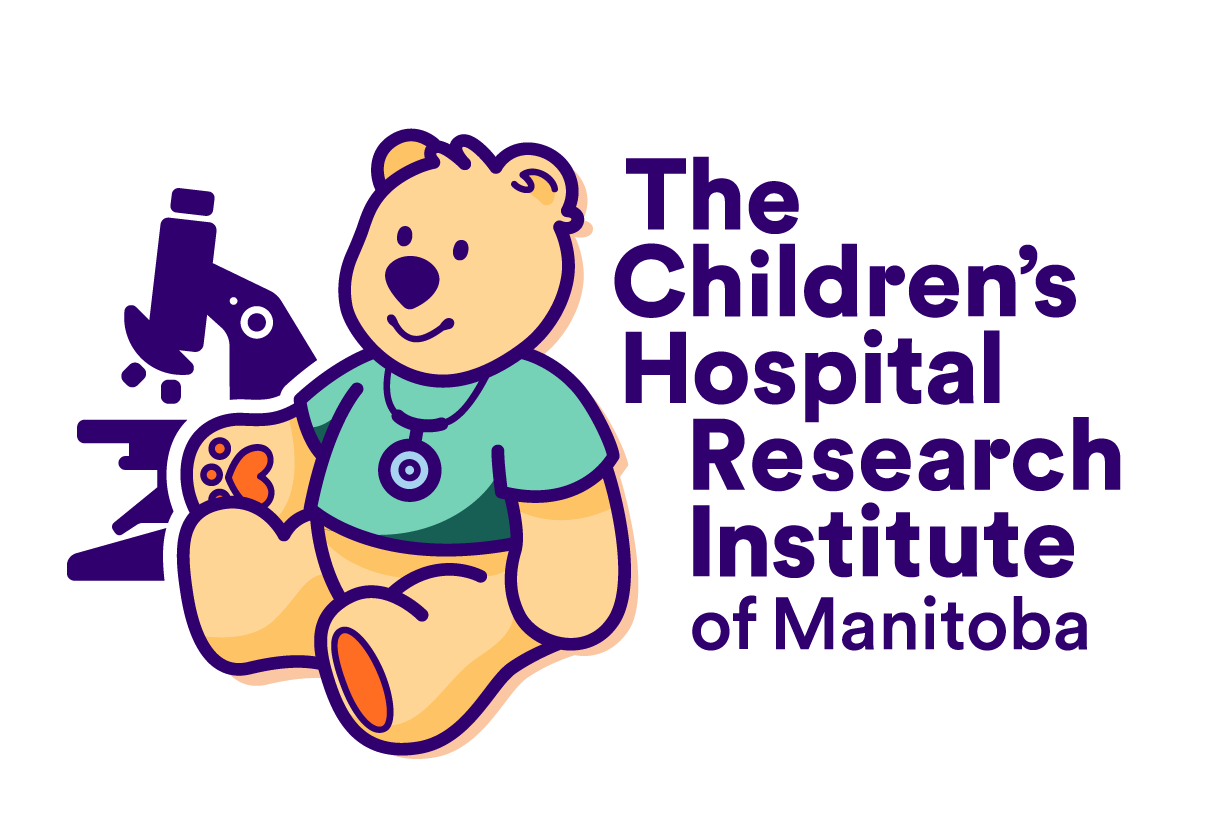A Canadian research team has developed an improved way of determining whether children with head injuries need to receive surgical intervention. Called the CATCH2 rule, this approach standardizes how to determine the need for interventions such as a craniotomy, intubation, or ventilation when a child or young person suffers a head injury.
The study was published today in the Canadian Medical Association Journal (CMAJ), and was led by the Children’s Hospital of Eastern Ontario (CHEO), in collaboration with eight other Canadian pediatric teaching hospitals and research institutes, including the Children’s Hospital Research Institute of Manitoba (CHRIM) and the University of Manitoba (U of M).
The CATCH2 rule is a series of seven simple variables that clinicians can use to predict the appropriate treatment for children presenting with a head injury – not just surgical intervention but the need for CT scans as well. It will give all physicians the ability for improved diagnosis, regardless of experience, and will ensure consistency in Emergency Departments across Canada.
Dr. Terry Klassen, a senior lead on the study, noted the importance of standardizing methods of treatment for head injuries in children. “We are seeing more pediatric head injuries in Emergency Departments, and these injuries can be difficult to diagnose and treat,” said Klassen, CEO and Scientific Director of CHRIM and Head of the Department of Pediatrics and Child Health in the Rady Faculty of Health Sciences at the U of M. “It’s also a scary time for families. The CATCH2 rule will not only help doctors do their jobs more efficiently, but will also make the Emergency Department experience smoother and less stressful for children and their families.”
The study enrolled more than 4,000 children, from newborns to 16-year-olds, when they visited the Emergency Department with head injuries. Physicians were trained to use the CATCH2 rule to assess whether a patient would need a CT scan and/or surgical intervention, including using the Glasgow Coma Scale, a scoring system to determine the level of consciousness in a patient with head trauma, how the injury happened, and if there was an open or depressed skull fracture.
“We found this an easy-to-use and accurate measure when examining children with head injuries,” said Dr. Martin Osmond, Scientific Director of CHEO and lead author of the paper. “This Canadian-based research will have an impact globally and will benefit countless children, physicians and health services. We are grateful to the physicians, families, hospitals and pediatric emergency departments who helped us create this tool and for realizing the opportunities for better patient care using the CATCH2 rule.”
Funding for this research was received from the Canadian Institutes for Health Research, the Emergency Health Services Branch of the Ontario Ministry of Health and Long-term Care, and the Alberta Children’s Hospital.
